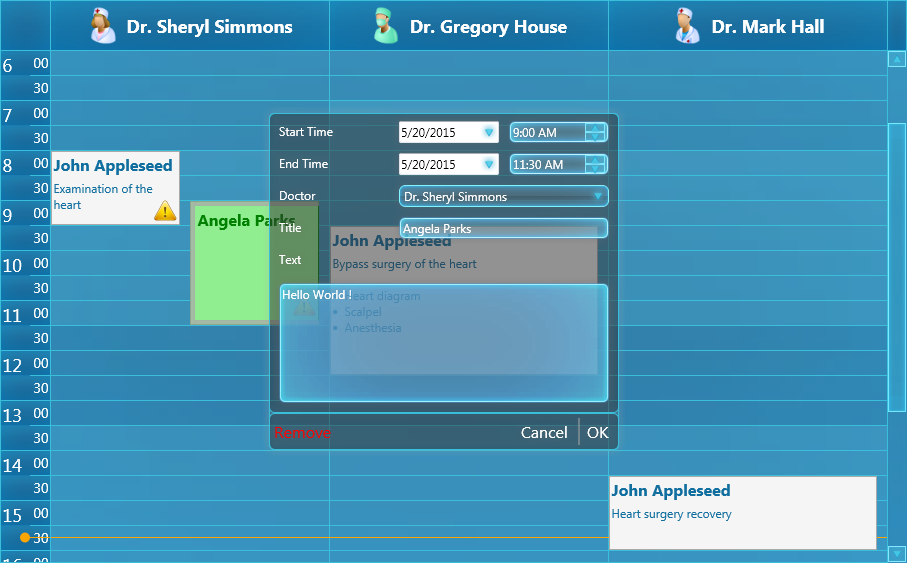
Delphi Firemonkey Styles
IFR Enroute Aeronautical Charts and Planning. The product is provided as a Portable Document Format ( PDF ), and available for viewing from this website. The PDF formatted charts are created from their respective native chart files. All information that is part of the paper IFR Enroute aeronautical chart is included in the PDF image. Flight Information Publications (FLIP) – FLIP ECN / PCN FLIP Planning and Enroute Sups – AP, GP, FIH, etc. Terminal Instrument Procedures – Approach Plates. Dod flip ifr supplement pdf. Dod Flip Ifr Supplement Pdf. Fill out and submit the request form. Dod Flip Ifr Supplement PDF - Free Ebook Download - ebookdig.biz is the right place for every Ebook Files. We have millions index of Ebook Files urls from around the world. Dod flip ifr supplement. List of ebooks and manuels about Dod flip ifr supplement. All rights of this IFR - SUPPLEMENT UNITED STATES file is reserved to who prepared it. Date 00335 nima ref. Enrxxusifrsp dod flight information publication (enroute) ifr - supplement united states this supplement is issued every eight weeks effective 0901z 30 nov 2000 to 25. Last Update: 8 year ago.
Dec 20, 2013 - Styles provide a great deal of customization without subclassing. On a 32-bit Windows development system, the FireMonkey styles that are.
The Premium Style Pack for Delphi XE7 Firemonkey is now available from Embarcadero (the VCL XE7 premium style pack is also available ). The Firemonkey premium styles support Android, IOS, Windows, and OSX. This new version of the Firemonkey style pack for XE7 contains four new premium styles which brings the total number of premium styles for Firemonkey to seven. The new styles are Coral Crystal, Coral Dark, Emerald Crystal, and Emerald Dark. The other three styles which carry over from Delphi XE6 Firemonkey are Jet, Diamond, and Sterling.
The Jet theme is really popular with one of my clients who use it in direct sun. The two Coral styles are an orange coral color and the two Emerald styles are an emerald green color (who would have though). While testing out the Coral and the Emerald styles I noticed that the two Crystal versions are for use on a dark background. So if you use either of those styles you will need to set the background on your form (or parent component) to something other than white. The Crystal versions have a lot of white controls in the style and white on white does not show up obviously.
These styles should also work great out in the direct sun with a black background because of the high contrast that they offer. These new Delphi XE7 Firemonkey styles are a bit different from previous styles because they take advantage of the new FireUI multidevice design system. There is a readme file with the styles which explains how to use them in FireUI and I’ve included it below. This Readme outlines the steps to add custom styles to your multi-device application with Delphi, C++Builder and RAD Studio XE7. With the Master view selected, add a TStyleBook component to your form 2. On the Master view, select a Master style from the toolbar drop-down menu and then load the associated premium style from the style pack.
For example, if you selected ‘Android’ as the Master style, load and assign the AndroidCoralCrystal.style file to your StyleBook on the Master view. When working with custom styles, each view must have a style, including the Master view. Switch to each of your created views, select the TStyleBook component on that view and load the custom style related to that platform (Windows style for 'Windows Desktop' view, Android style for 'Android.'

View, Mac style for 'OS X Desktop' view, iOS style for 'iPad' and for 'iPhone' views). Note: If you have different views for iPad and iPhone, you need to load the same iOS style for each view. If your application consists of multiple forms, you can set TStyleBook.UseStyleManager = True in each view in order to use the same custom styles for all other forms at runtime. If TStyleBook.UseStyleManager = True is set, then custom styles fully override system styles in all other forms (Form2, Form3etc.) that are part of your application for that particular platform. If TStyleBook.UseStyleManager = False is set, then new forms (Form2, Form3 etc.) will use the default platform style and for customization, you must add TStyleBook to Form2's 'Master' view and load each custom style again for all created views of the additional forms that are part of your application.
If your application consists of multiple forms, you can set TStyleBook. UseStyleManager = True in each view in order to use the same custom styles for all other forms at runtime. If TStyleBook. UseStyleManager = True is set, then custom styles fully override system styles in all other forms ( Form2, Form3etc. ) that are part of your application for that particular platform. If TStyleBook.
UseStyleManager = False is set, then new forms ( Form2, Form3 etc. ) will use the default platform style and for customization, you must add TStyleBook to Form2' s 'Master' view and load each custom style again for all created views of the additional forms that are part of your application. These styles should also work for C++Builder XE7 and the latest XE7 equivalent version of AppMethod. You can also access the.